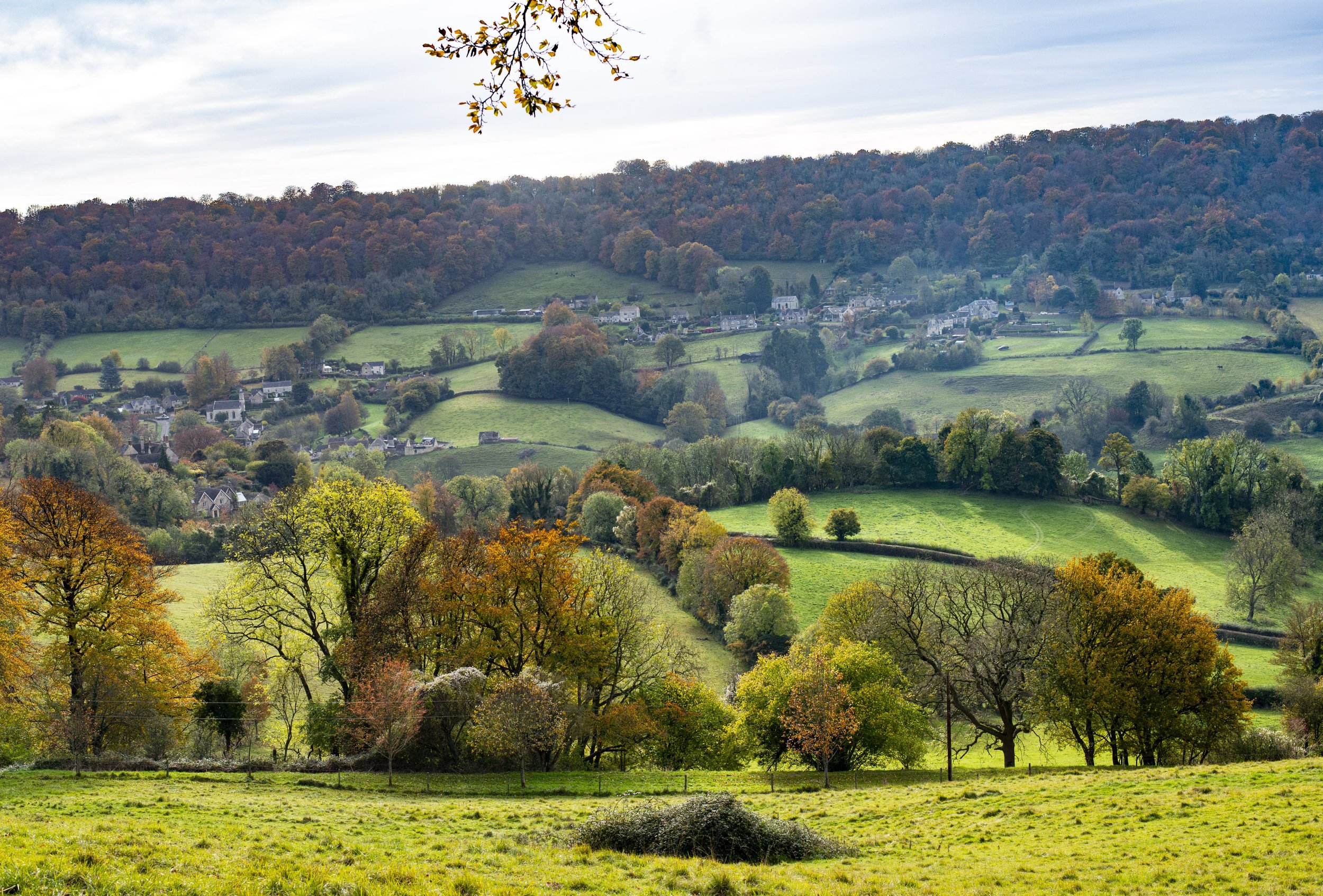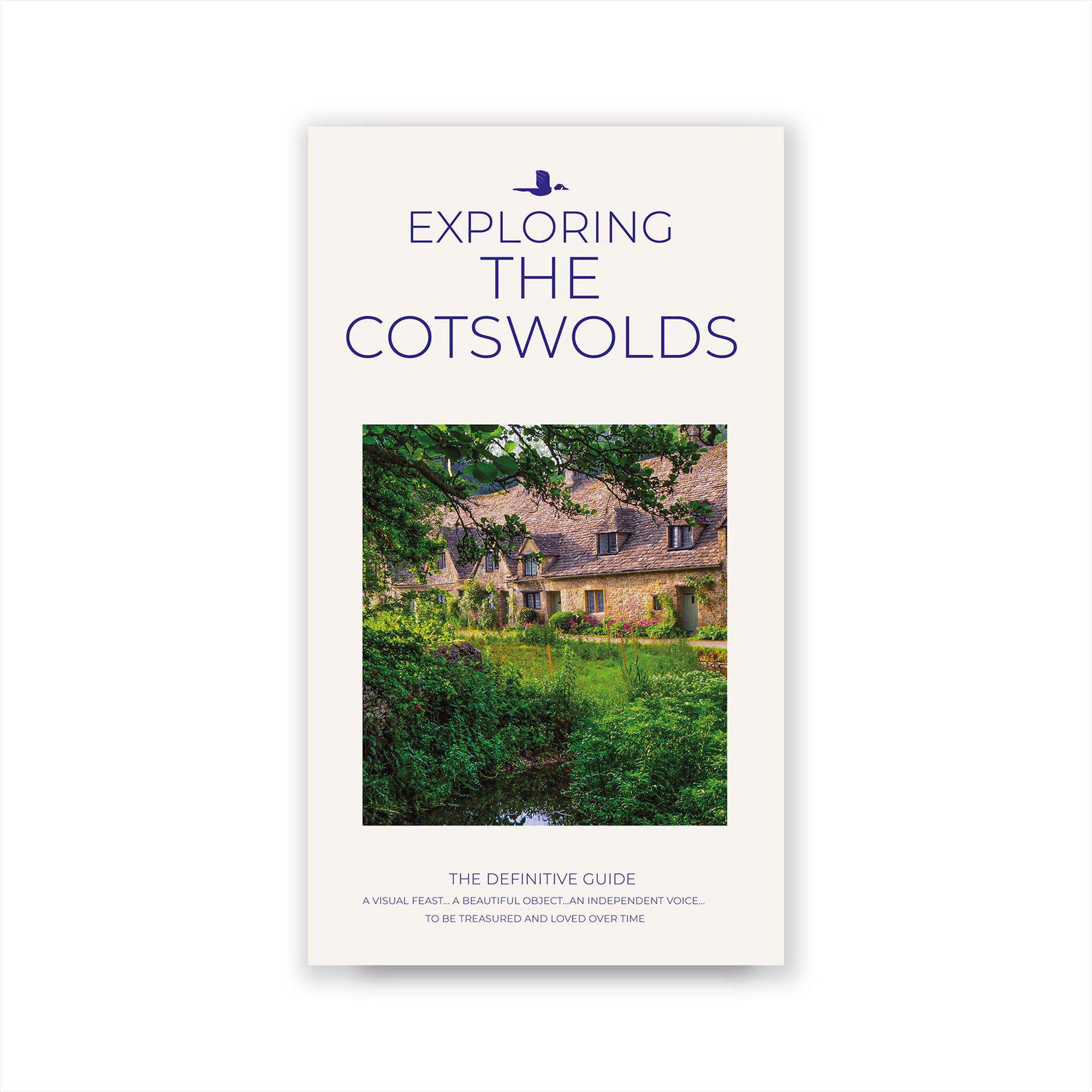Autumn in the Cotswolds
The very best of the Cotswolds in Autumn. From the gold stone villages that glimmer in the autumnal light, to the orange and red trees found in Westonbirt Arboretum and the fallen leaf covered footpaths that take you on adventures through the rolling hills of this magnificent part of England.
Herewith, a variety of places to visit starting with the arboreal wonderland, Westonbirt Arboretum near Tetbury:
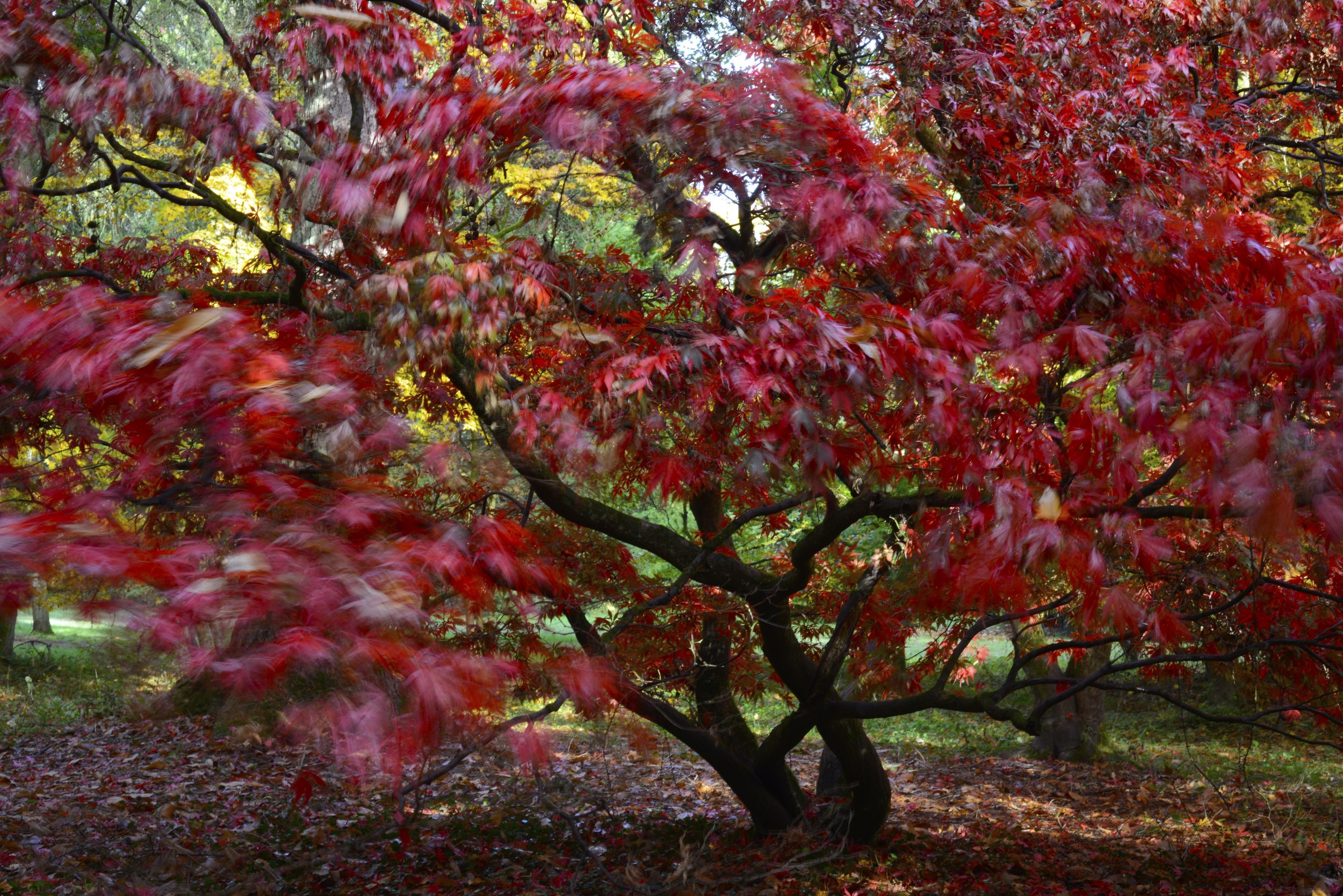
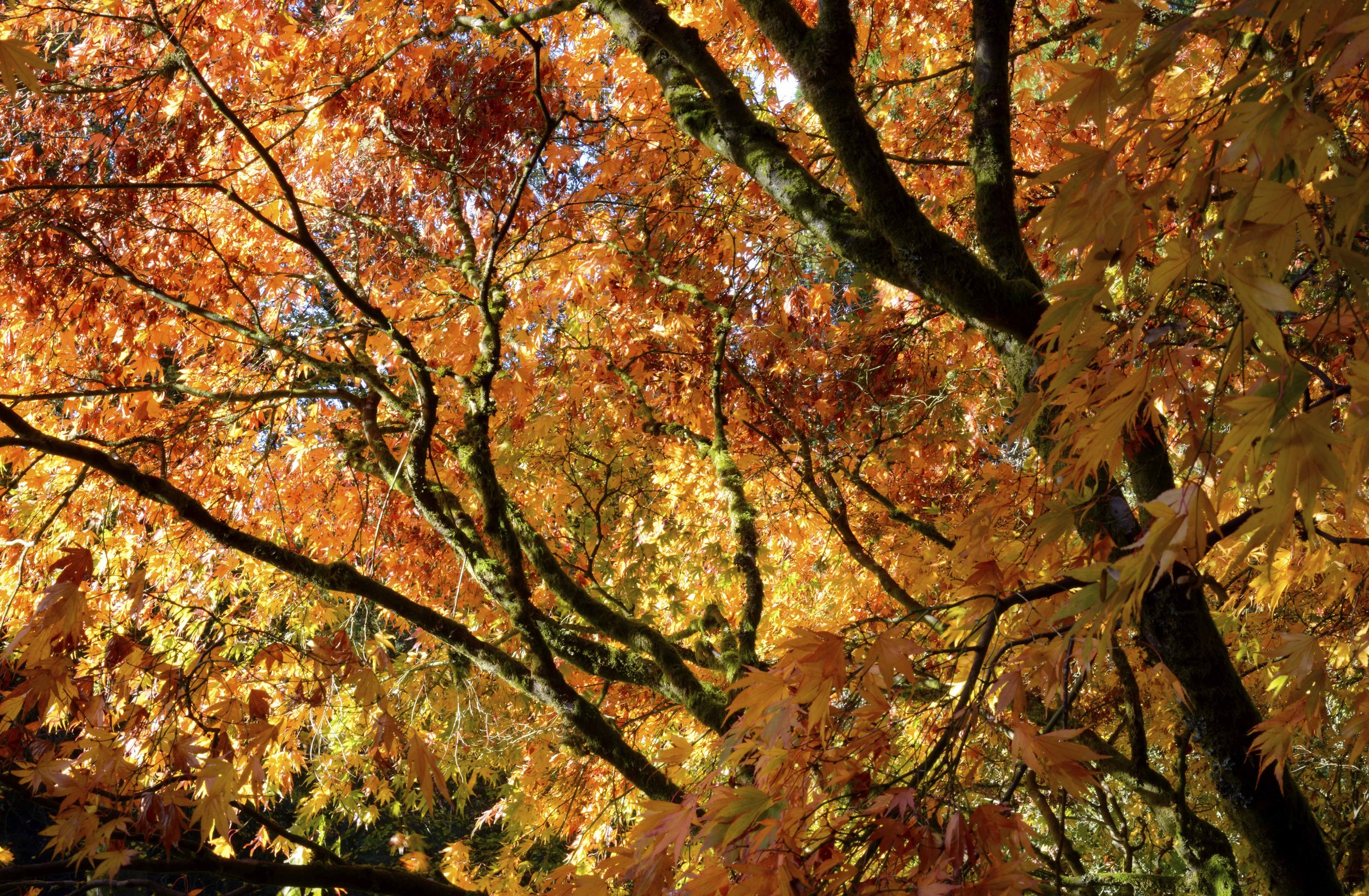
Westonbirt Arboretum
If you believe trees to be the most beautiful things in creation then a visit to this arboreal wonderland must be at the top of your agenda. Here, in this paradise garden, you will find 600 acres of magnificent trees and shrubs from around the world. With no less than 15,000 tree specimens of 2,500 species of trees and a good 17 miles of footpaths ahead, you will need comfy footwear. Needless to say, it is quite a sight in Spring and Autumn, and popular too. Oak Hall Visitor Centre, gift shop and courtyard cafe.. Plant centre. Open daily 9-dusk. 01666 880220. For more information visit their website.
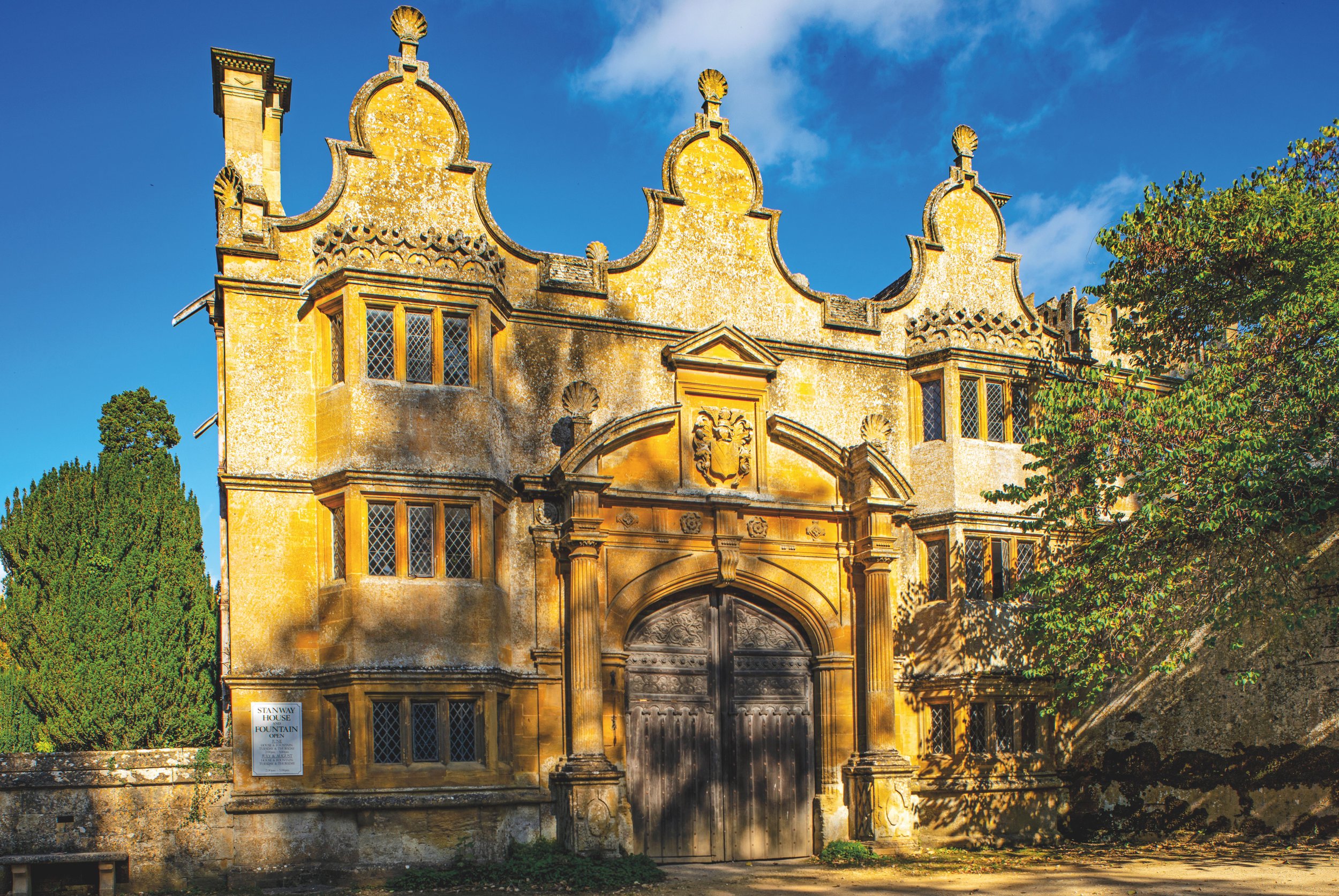
Stanway
The village is dominated by the outstanding Manor House. In its grounds one of the country’s finest tithe barns designed with the Golden Proportion in mind and across the road a thatched cricket pavilion set on staddle stones. The beautiful Gatehouse is C17 and was probably built by Timothy Strong of Little Barrington. It bears the arms of the Tracy family. The little Church of St Peter has C14 origins and some amusing gargoyles.
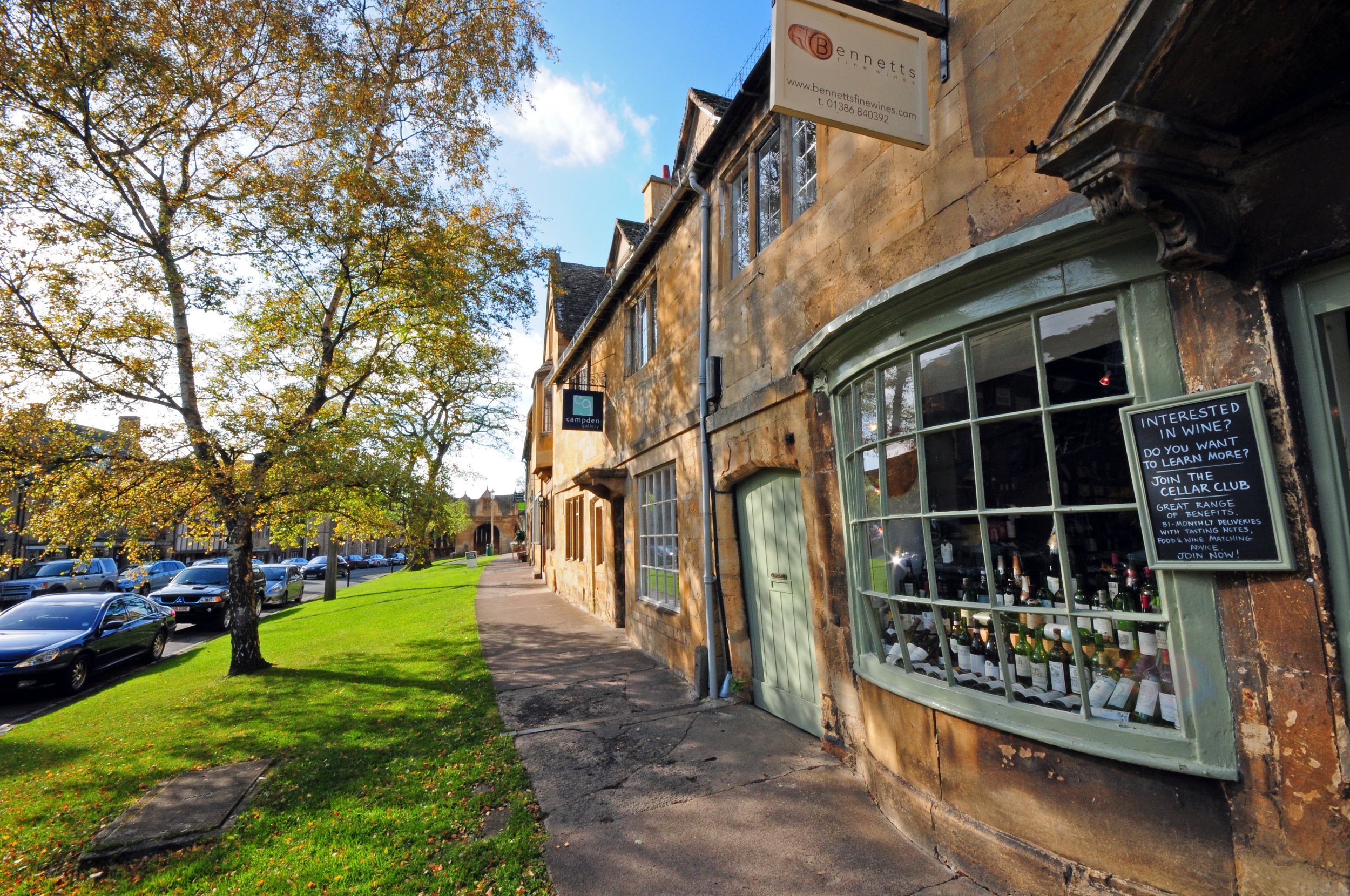
Chipping Campden
If you chose to visit just one Cotswold village make sure it’s this one. There is no better introduction. The harmony of Cotswold stone mirrors the town’s prosperity in the Middle Ages. The Gabled Market Hall was built in 1627 by the wealthy landowner Sir Baptist Hicks whose mansion was burnt down in the Civil War and the remains are the two lodges beside the Church. The Church of St James is a tall and statuesque ‘Wool’ church. William Grevel, one of the wealthiest wool merchants is remembered in the church on a brass transcription which reads: ‘the flower of the wool merchants of all England’. Opposite Grevel’s House is the Woolstaplers Hall, the meeting place for the fleece (staple) merchants. Dovers Cotswold Olympick Games & Scuttlebrook Wake, June.
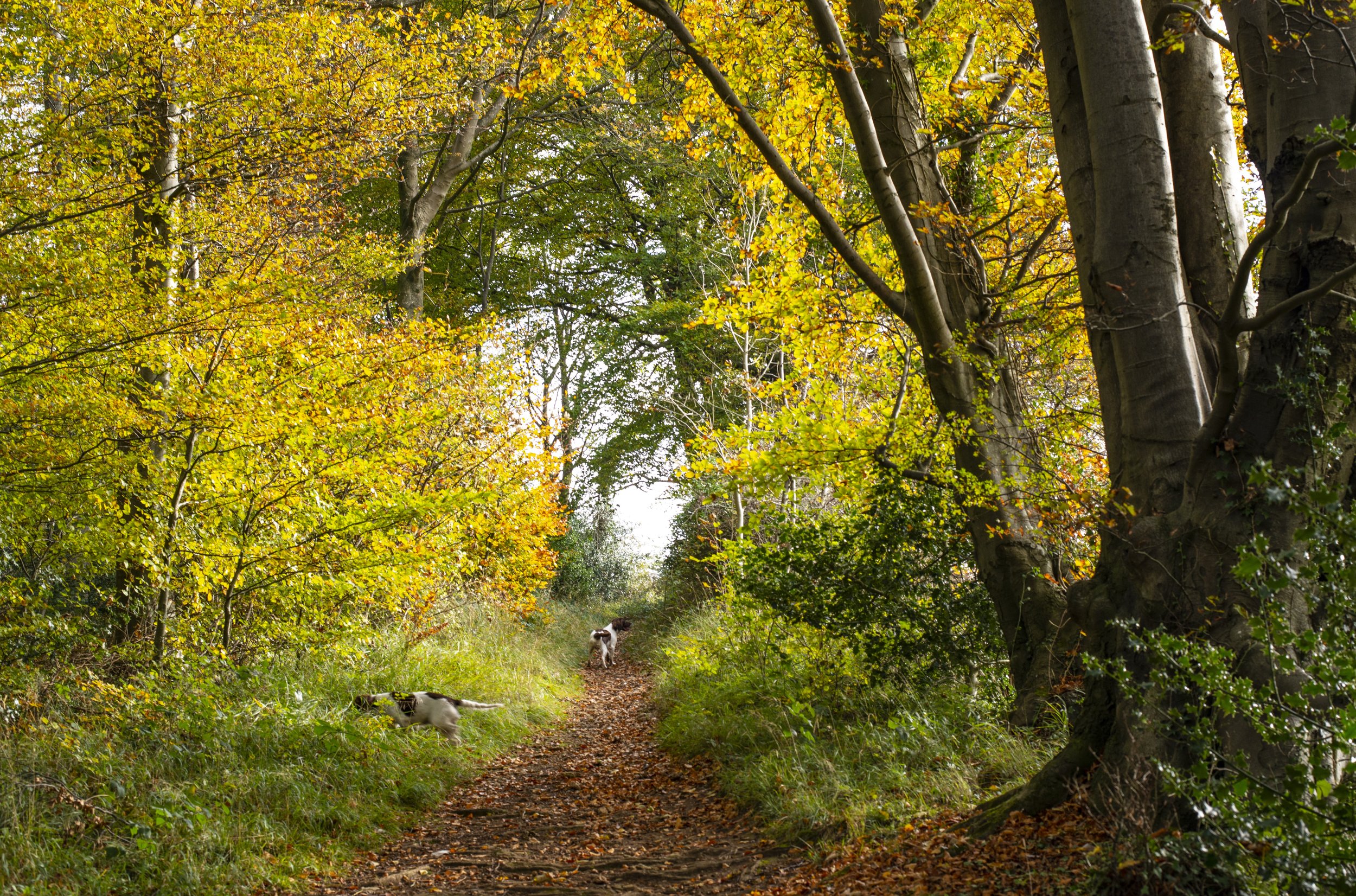
Saltridge Woods
A Nature Reserve with paths that afford superb views down the valley towards Painswick.
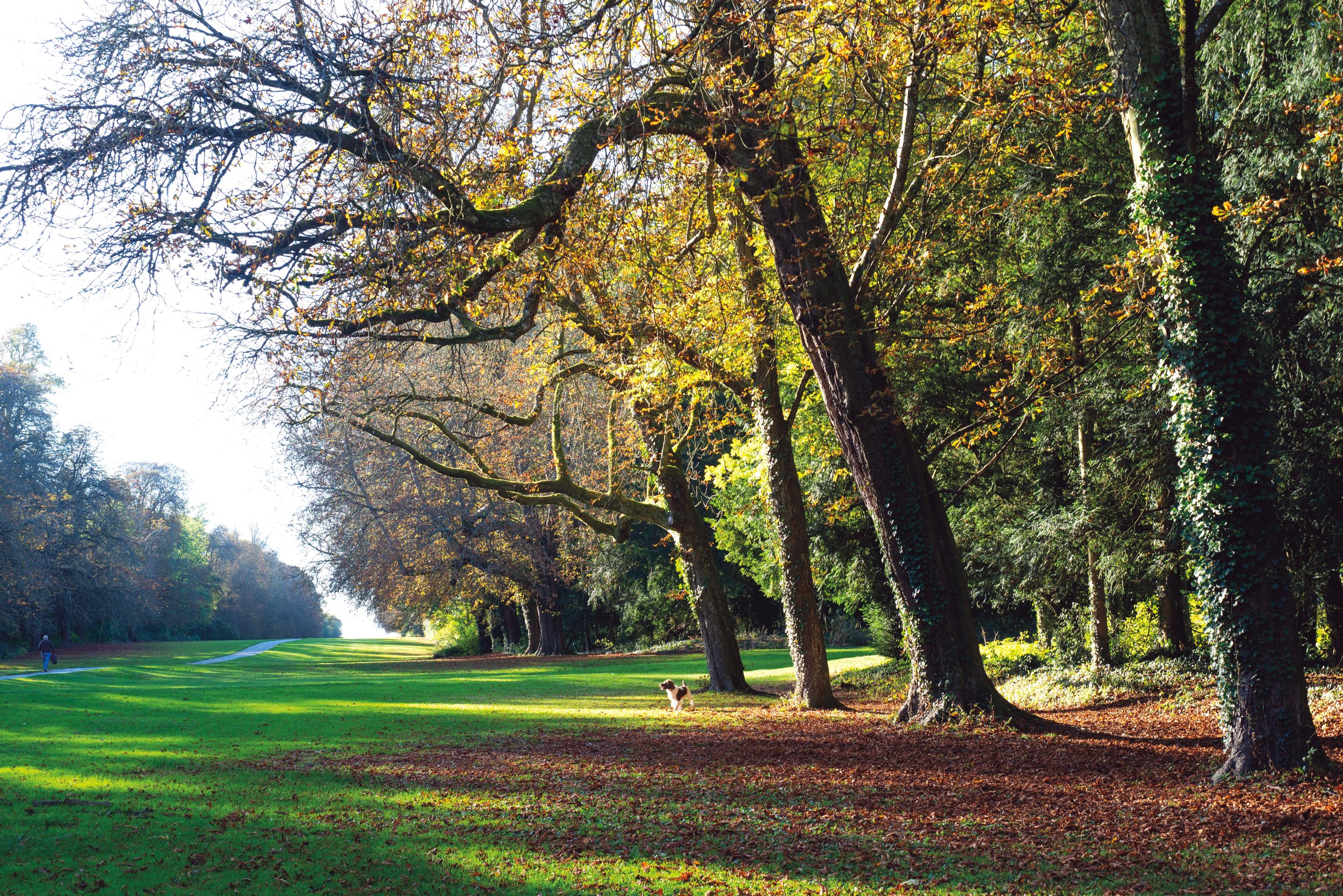
Cirencester Park.
Belongs to the Bathurst family who generously opened their grounds for many years giving you the opportunity to walk in 3,000 acres of landscaped parkland, and along a five-mile avenue of horse chestnuts and hardwoods that were planted in the early C18. There is now a charge! The C18 mansion is home to Lord Apsley and is not open to the general public. If you like hobnobbing with celebrities you have the opportunity to do so by watching polo on most Sundays at 3pm, from May to September, see website or 01285 640410. The park opens daily all year from 8-5. Separate entrance to the Cricket and Tennis clubs on the Stroud road. cirencesterpark.co.uk
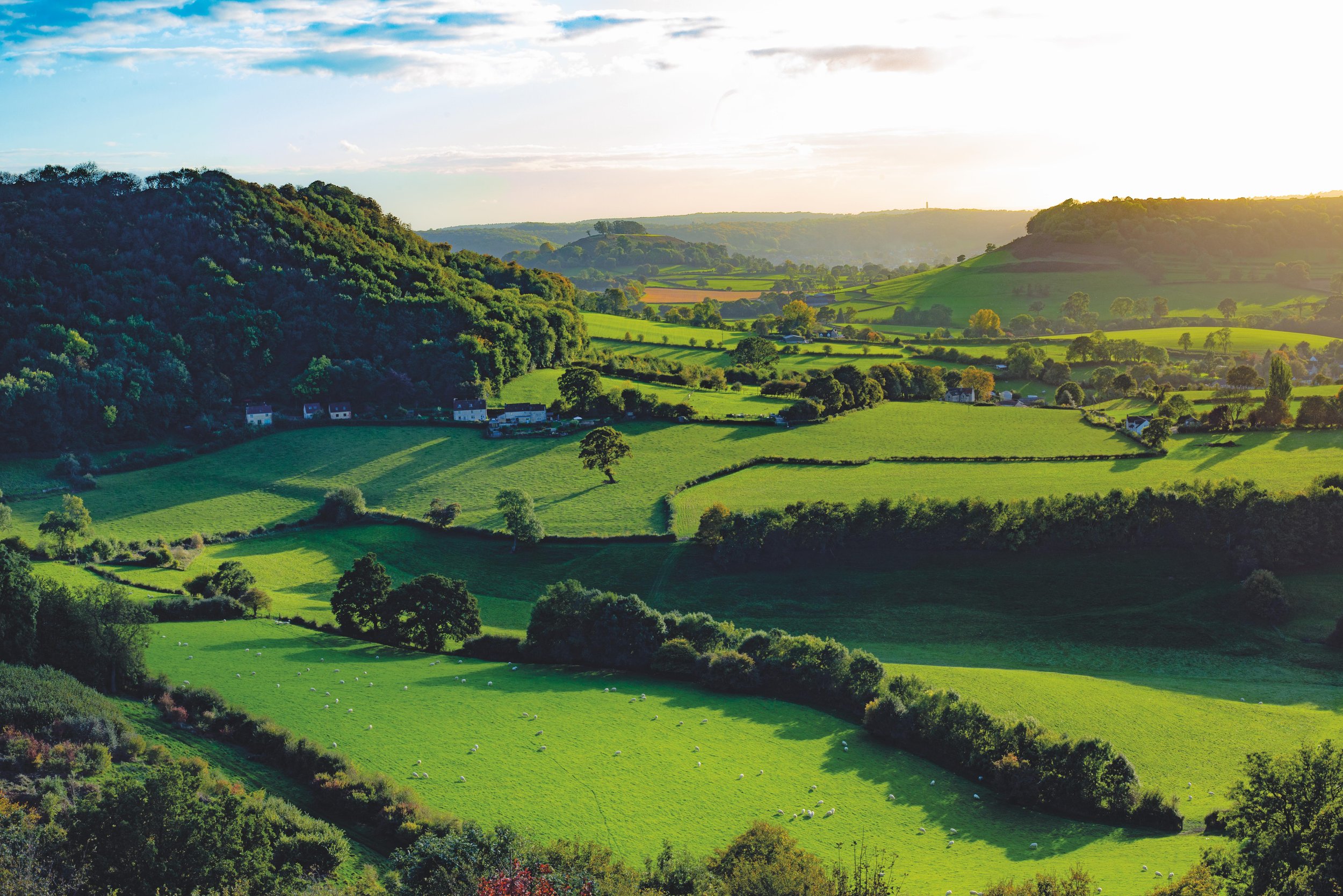
Coaley Peak View on the Cotswold Way
A long distance footpath covering 97-miles, from Chipping Campden to Bath. It follows the edge of the escarpment, meanders through picturesque villages past pre-historic sites and provides spectacular views as this one, of Uley Bury, Downham Hill and Cam Long Down.
Cranham Walk, Cotswold Classic Walks
This could be described as a Walk Through Trees, and so pursuing a magical path of fallen leaves one comes across such views over Sheepscombe Vale. Views that would have inspired the poet, Laurie Lee.
Thames & Severn Canal, Coates. This canal was built to link the Stroud Water to the River Thames through the Sapperton Tunnel. The path starts close to the Tunnel House Inn (future uncertain).
For more information on this walk, pick up a copy of our Cotswold Classic Walks book here.
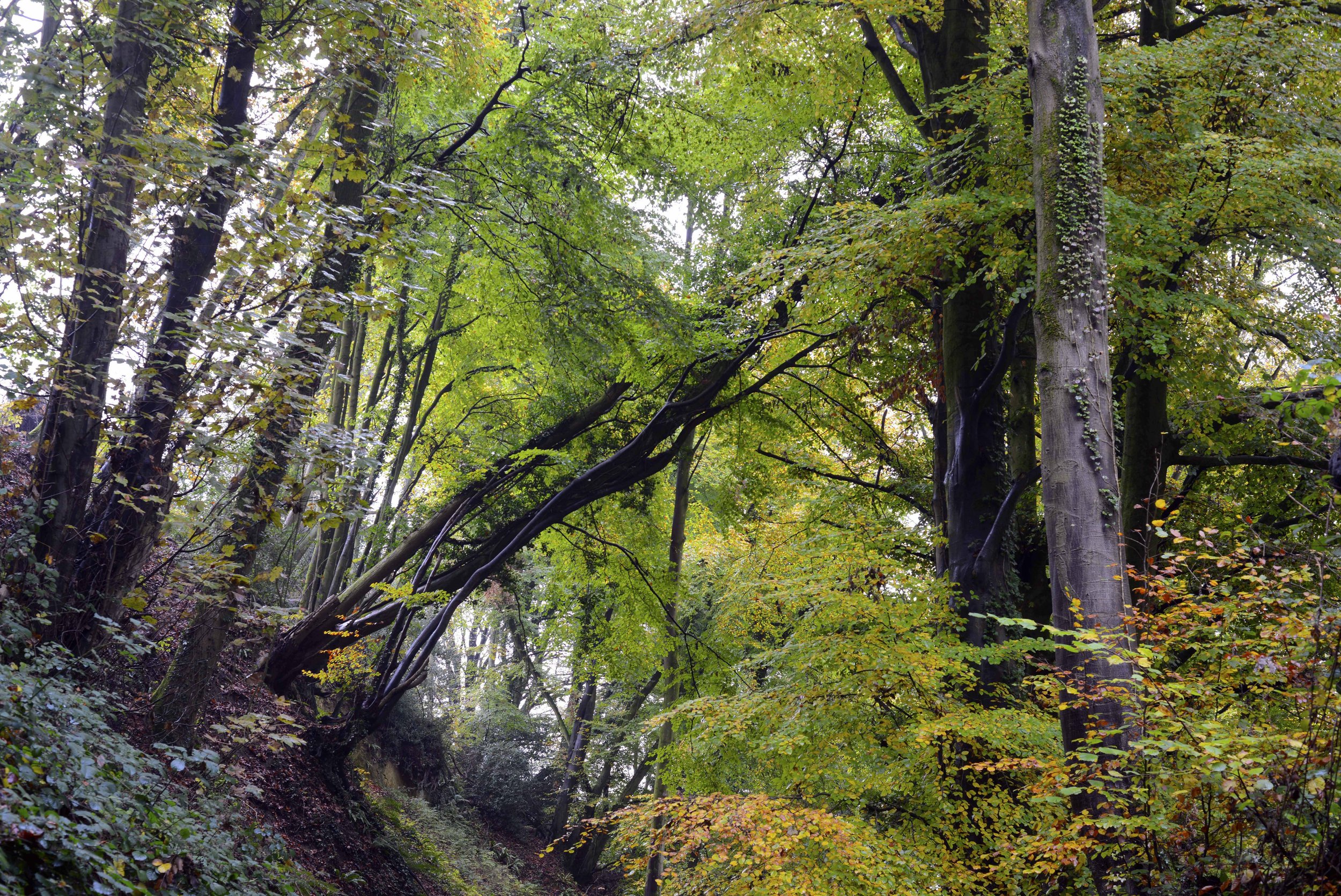
Tyndale Monument, North Nibley
Climb the steepish path from the village and you will encounter these beautiful trees. The Monument was built by the people of Berkeley in 1866 to honour the memory of their famous son and martyr, William Tyndale, 1490-1536. Tyndale translated the Old and New Testaments which was considered, at the time, a heretical offence and he was summarily executed for his transgressions. His work became the foundation of the King James Version of the Bible. The monument rises to 111 feet and has an inner spiral staircase which ascends to a stupendous viewpoint. Open as advertised.


